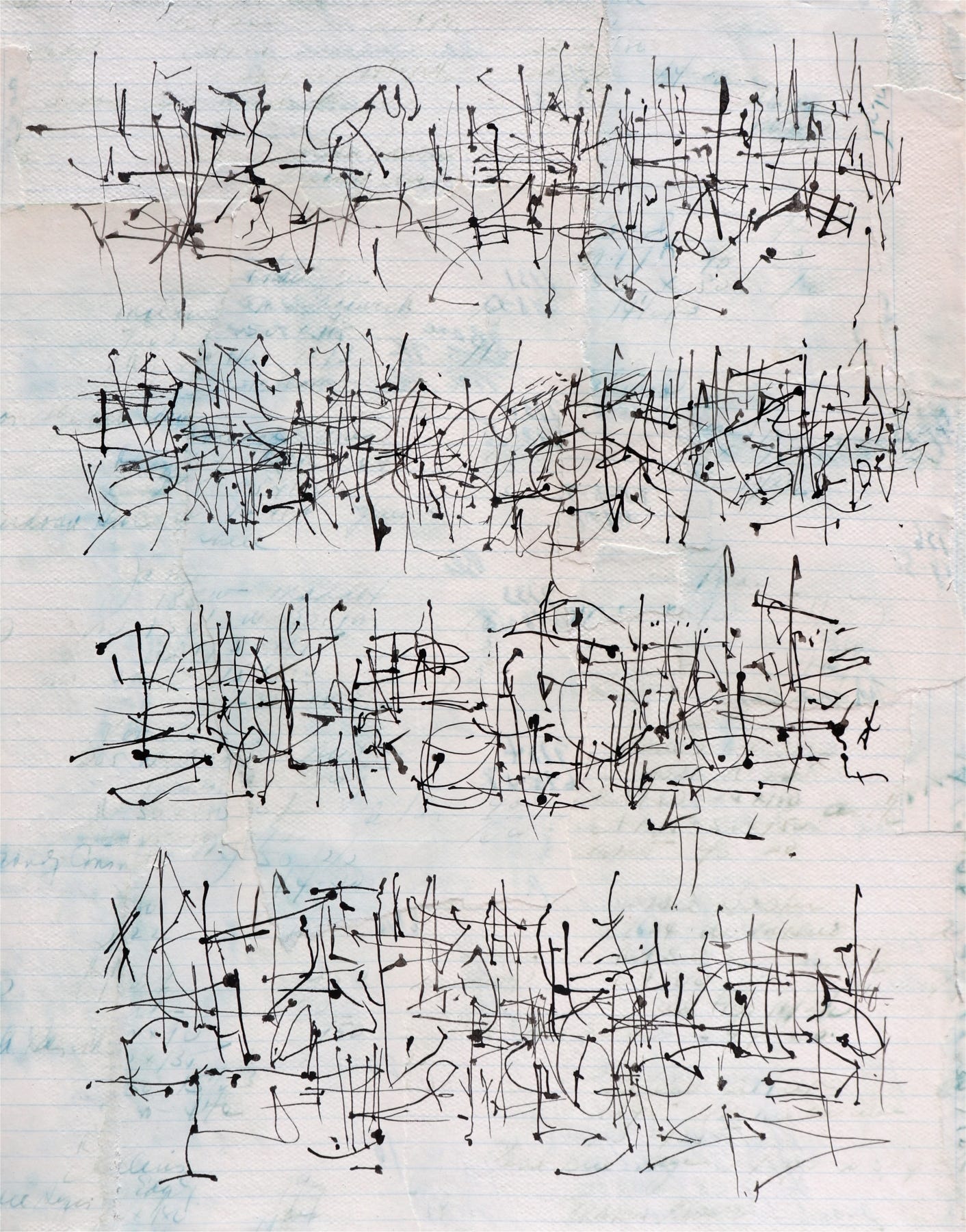The Living Speech of the One
What we often call coincidence is not accident at all, but the veil trembling. A flicker in the weave, a ripple in the silence where the singular Being stirs and speaks to itself. Two strangers sit side by side in a far-off place, unaware that their stories have been circling each other for decades. A chance remark brings a hidden thread of connection to the surface. An encounter unfolds with such precision that the odds vanish into absurdity. We call it impossible, yet impossibility is often the signature of the Real.
The universe is not silent. It is a living singularity, ceaselessly conversing with itself, spilling from solitude into companionship. Each of us is a spark sent forth, a syllable in its endless utterance, a wandering fragment of its own recognition. In those moments of improbable convergence, the language of Being quickens and we find ourselves not merely observers, but participants in the dialogue.
What I have noticed again and again is that intention plays its part in opening the way. When I walk with steady rhythm, holding the quiet wish to move in harmony with the world, I sometimes find that traffic itself seems to bend to that intention. Without breaking stride, I cross a busy street at the precise moment when the way clears, as if the world and my footsteps had agreed on the timing beforehand. The intention does not control the moment, it only prepares me to step into the rhythm when it arrives.
In the studio, intention works in subtler ways. I might begin with nothing more than the desire to find the right fragment, holding that intention in mind without strain. Then, almost casually, my hand falls on the exact scrap of paper or fragment of text that completes the composition. It feels less like invention than discovery, as though the piece had been waiting for me to notice it at just the right moment. Here too, the act of holding intention is like tuning my awareness to the frequency where synchronicity reveals itself.
And in knowledge itself, I have witnessed the same law. There are times when a book, a phrase, or a teaching has appeared only at the hour it was needed. Not sooner, not later. What seemed like ignorance was in fact the world withholding what I did not yet require, delivering it precisely when it could shape my life. To me, this too is synchronicity: the alignment of recognition with the moment, the revelation of meaning at the appointed time.
We think these convergences are rare, the exception rather than the rule. But perhaps they are the background hum of existence, so constant that we no longer hear it. Like stars invisible at noon, they saturate the air around us, waiting for the light of our intention to make them visible. What surprises us is not that such things happen, but that we fail to recognize them happening all the time.
To live with this awareness is to shift from accident to belonging. Meaning is not something we invent out of thin air; it is what shines through when our attention, guided by intention, meets the hidden pattern. In those instants the universe whispers: you are not outside the story, you are the story. Each thread is woven from the same loom, and the tapestry only reveals itself when we pause to trace the shimmer of its crossings when timing and circumstance intersect.
Attention, then, is the discipline, and intention is the tuning. To attend is to listen, to consent to wonder. To intend is to lean gently into that listening, setting a course that does not force the world but invites it to speak. Held together, they form a companionship with the very Source that brought us here.
So let us not dismiss these convergences as curiosities, nor claim them as trophies for the ego. They are invitations. They are glimpses into a greater order of reality, the constant speech of the One to itself through the many. And if we learn to recognize them, if we hold our intentions with care and listen with patience, then even the smallest encounter may open into revelation.
Against the Cult of Chance
For more than a century, we have been told that life is meaningless. Nihilism insists there is no purpose. Absurdism declares that the universe is silent and indifferent. Materialism assures us that consciousness is nothing but neurons misfiring in the dark. These philosophies pride themselves on their toughness, as if despair were the ultimate form of honesty.
But this gospel of randomness collapses under scrutiny. To say everything is accident is to ignore the countless moments of impossible timing, uncanny resonance, and hidden knowing that give life its texture. Call them coincidences if you like, but their frequency and precision point to something more: a rhythm too subtle for our first glance.
Camus taught that we live in defiance of a mute universe. Yet a universe that produces consciousness, that mirrors our intentions, that delivers knowledge at the exact moment it is needed, is not mute. It is alive. What we dismiss as chaos may only be an order we do not yet understand, a music whose scale exceeds our hearing.
The persistence of beauty, the coherence of natural law, the endurance of meaning, these are not the products of dice thrown against the void. They are signs of a greater harmony. Not a rigid determinism, but something more like music: a structure that allows freedom, improvisation, and surprise.
Synchronicity is not magic, but memory: the universe remembering itself through us. The task is not to invent meaning against silence, but to recognize that we are part of a living and ongoing conversation. Chance, randomness, and chaos are not our masters, but our teachers, drawing us toward the pattern we cannot yet recognise.
The real question is not whether the universe is speaking. The question is whether we will learn again how to listen, and how to understand the language in which the universe speaks to itself: the Root Tongue.





I just love your "ink over paper on canvas", and at first I wanted to give it a name, a title. When I first viewed it, it made me happy. Multiple views continued to make me happy, like feet dancing. It made me think of a sheet of music upon a sheet of music upon a sheet of music. The lines are all dancing to the music of many overlapping songs. creating beauty and happiness. So maybe no name is best as it leaves the work open to interpretation versus being guided and putting it in a box.
This is such a beautiful way of describing the subtle connections that run beneath the surface of daily life. I love the idea that what we call coincidence is really the universe speaking, inviting us to pay closer attention and take our place in the story. Your words remind me to notice those “ripples in the silence” and trust that there’s a deeper order at work, even when I can’t see it clearly.